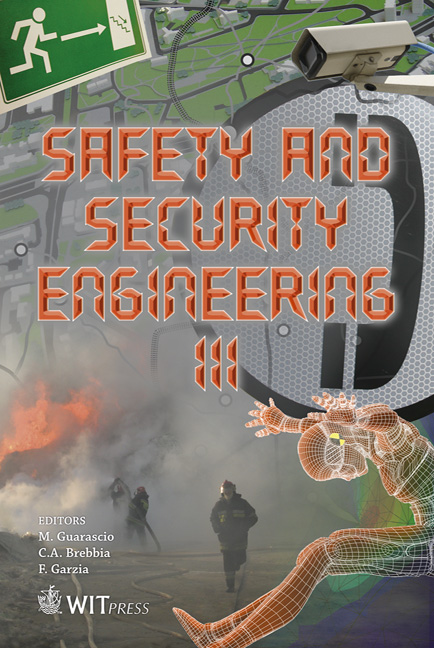Associated Human Factors For Falls And Fall-related Injuries
Price
Free (open access)
Transaction
Volume
108
Pages
11
Page Range
365 - 375
Published
2009
Size
592 kb
Paper DOI
10.2495/SAFE090341
Copyright
WIT Press
Author(s)
K. Y. Z. Forrest & J. M. Cali
Abstract
Purpose: Unintentional falls are common, especially among older adults. Many falls result in injuries, which lead to more medical conditions, disability, or even death. The current study evaluated the occurrence of falls and fall-related injuries, and their associated human factors among the population aged 45 years or older in the U.S. Methods: The data from the 2006 Behavioral Risk Factor Surveillance System (BRFSS) were analyzed. The BRFSS is an ongoing data collection program that monitors risk factors for health problems in the adult U.S. population. The 2006 BRFSS included two questions about falls and injuries from falls that occurred in the past three months. The data were analyzed using the statistical program SUDAAN, which can account for the complex survey design and sample weight. Results: Included in this study were 232,363 individuals who were aged 45 years or older and provided valid data on falls. Near 16% (n=38,976) of the study population reported at least one fall occurred in the past three months. All age groups had similar rates of falls with the highest occurrence seen among those aged 80 years or older. Females were more likely to fall than males (16.7% vs. 14.5%). The following factors increased the risk of falls: being unmarried, having a low income and education level, rural dwelling, no exercise, obesity, and poor health status (all p-values<0.0001). Of those who fell in the past three months, 34% acquired injuries. Those of females, no college education, current smokers, obese individuals, and poor health were significantly more likely to sustain injuries from falls (all p-values<0.05). Conclusions: To prevent falls, certain factors could be modified, such as regular exercise to manage weight, to improve muscle strength, gait and balance, and to enhance overall health condition. Keywords: BRFSS, unintentional falls, older adults, socioeconomic status.Keywords
BRFSS, unintentional falls, older adults, socioeconomic status





